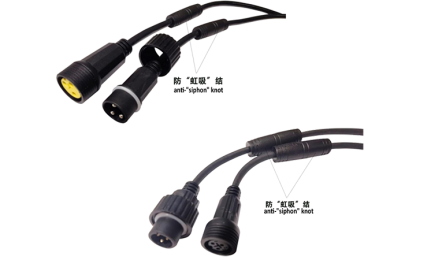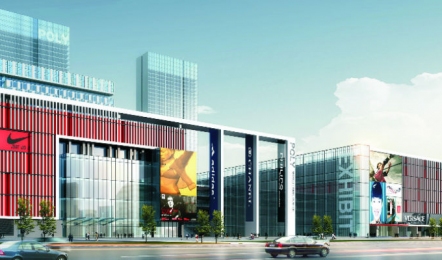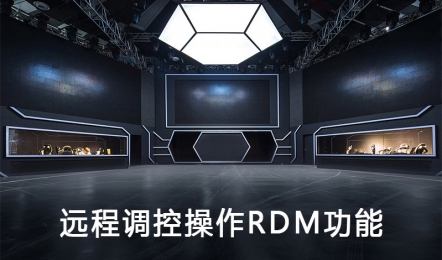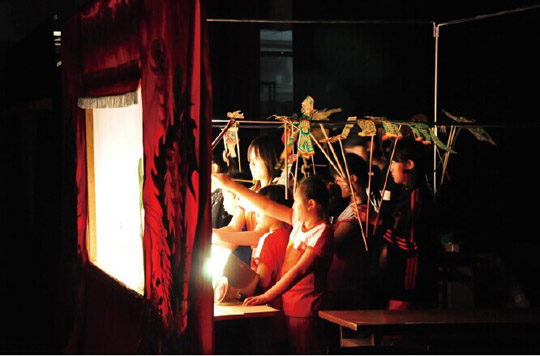
Backlight is a term used in visual arts such as photography, film and stage lighting that simply means “light that comes from behind”. A light source placed on the opposite side of the “subject” (model, actor) from a viewer’s (camera, audience) point of view. On a conventional theatre stage this means lights that are hung upstage (towards the rear of the stage) that shine back towards the acting area.
The angle of backlighting can vary from low down, right up to nearly over the “subjects” head. Light directly overhead is referred to as “toplight” or “downlight” and shares similar lighting qualities to backlight.
Why is Backlight important?
Stage lighting that shines from the front (audience), lights the subjects on stage so that they can be seen by the paying public. Simple and important. Backlighting doesn’t reflect back to the viewer, it creates a false “halo effect” around surfaces, particularly on curved ones such as the human body. This has the effect of showing the depth and 3 dimensional quality of the actor and making the “stage picture” less 2D. Backlighting also gives the eye some references on stage depth and distances and these visual clues help the audience see the performers as real.
Backlight can also produce some interesting effects for dramatic lighting, show performer’s forms while hiding their faces and cast menacing shadows on the stage floor. Toplight can produce interesting colour casts (fancy lighting word for coloured light reflection) on performers hair, shoulders. It can also be used to wash the stage floor with intense colour without making your performers look like they have been painted all over.
Backlighting the Stage
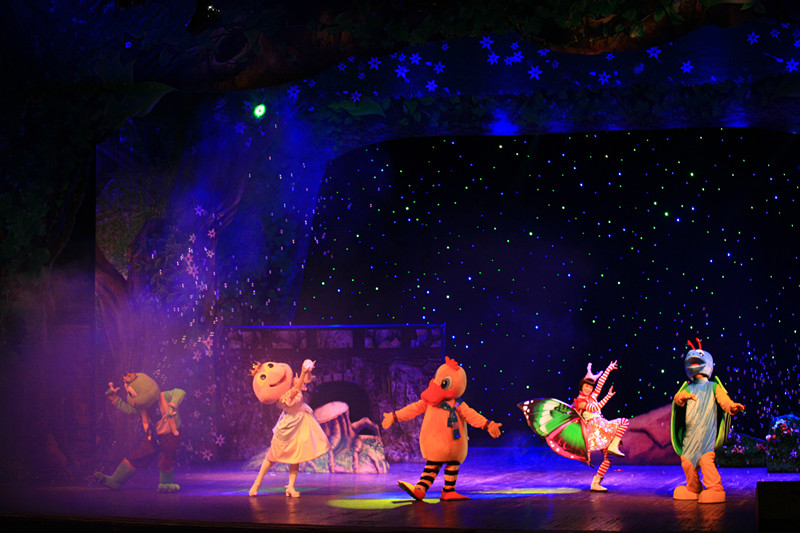
So we know that backlight can make our live performers seem even more real. But how do you position your stage lights for good backlighting?
A good rule of thumb for theatre stages is to position your backlighting lanterns directly upstage of the area that they will light and at a fairly steep angle. A steeper backlighting angle (60 degrees or so) means that you get a good “halo” and avoids blinding the audience in the front row. Try to barndoor your backlight off at about the top of the seats in the front row. If you only cut off your backlight at the front edge of the stage, you will not be lighting anyone stood right downstage. Apart from their feet.
If you don’t work in a traditional proscenium arch theatre but have audiences that surround the performance area, remember that front light for one group of audience can be backlight for others.
Fixtures used for backlighting generally need a brighter light output than front light because much of the light is not directly reflected back to the viewer.
Backlighting for Camera
Backlight is extremely important for film and television lighting as it provides depth to the actors on screen. Because the screen is only a flat moving picture, backlight is the way to stop your subjects looking like cardboard cut-outs. Next time you watch television, look out for signs of back or top lighting reflecting off hair and shoulders.
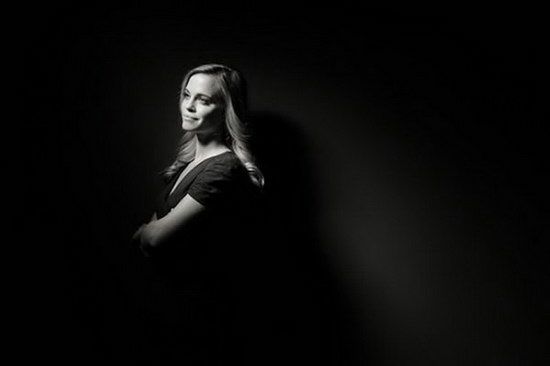
Cameramen are really keen on backlighting so if you are lighting a show that will also be filmed or broadcast, try to use some. Find out beforehand where the cameras will be. Backlight for the camera may not be in the same position as it would be for your live audience. The cameras won’t want your backlights shining right down their lenses. If your backlight is actually lighting up the camera on it’s tripod, you know that it’s also burning a hole in the cameraman’s retina (and making it impossible to set his exposure).
Other Backlighting
Backlight makes people on stage or screen look better but it can also “profile” bits of scenery and make ornate costumes stand out. Lights from behind can also used to make things glow, change colour and create special effects on your set.
One important use of backlight is when lighting orchestras, choirs and other performers that have read while performing. Backlighting or toplight is vital to classical musicians as all those little dots on their scores must be easy to read. Positioning these lights can be a compromise but the important points are:
Avoid the musicians casting a shadow on their score (put lights slightly to the side, lighting over their shoulder or go for steep downlighting if possible).
Avoid blinding the musicians on the opposite side of the ensemble.
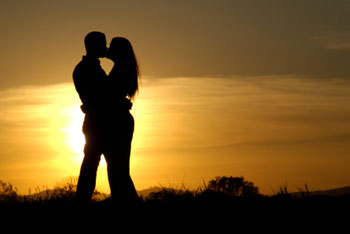
When lighting an orchestra, don’t forget that the conductor will not thank you for shining the backlight in her eyes but try to throw a bit of light to the face and arms – for the benefit of the poor scratchers trying to follow them.
Don’t neglect your backlight. It does make up 33% of 3-point lighting and gives your stage lighting more punch, drama and simply looks better. If you have any interesting ideas for using backlight, put them in the comment section below.
Don't Keep It To Yourself, if you have something to say about » Backlight – What, Why, How and Where?, or found it useful and want your friends to know about it
Tags:led backlight, led stage light, led studio light, led entertainment light
